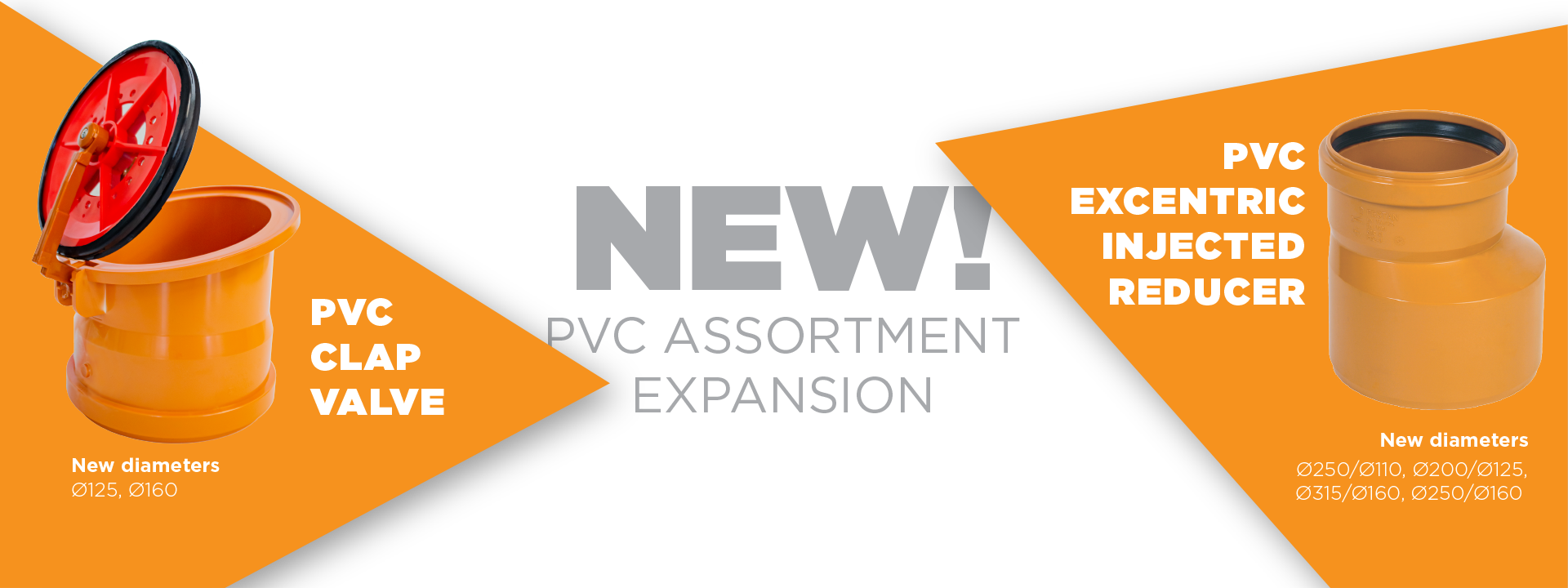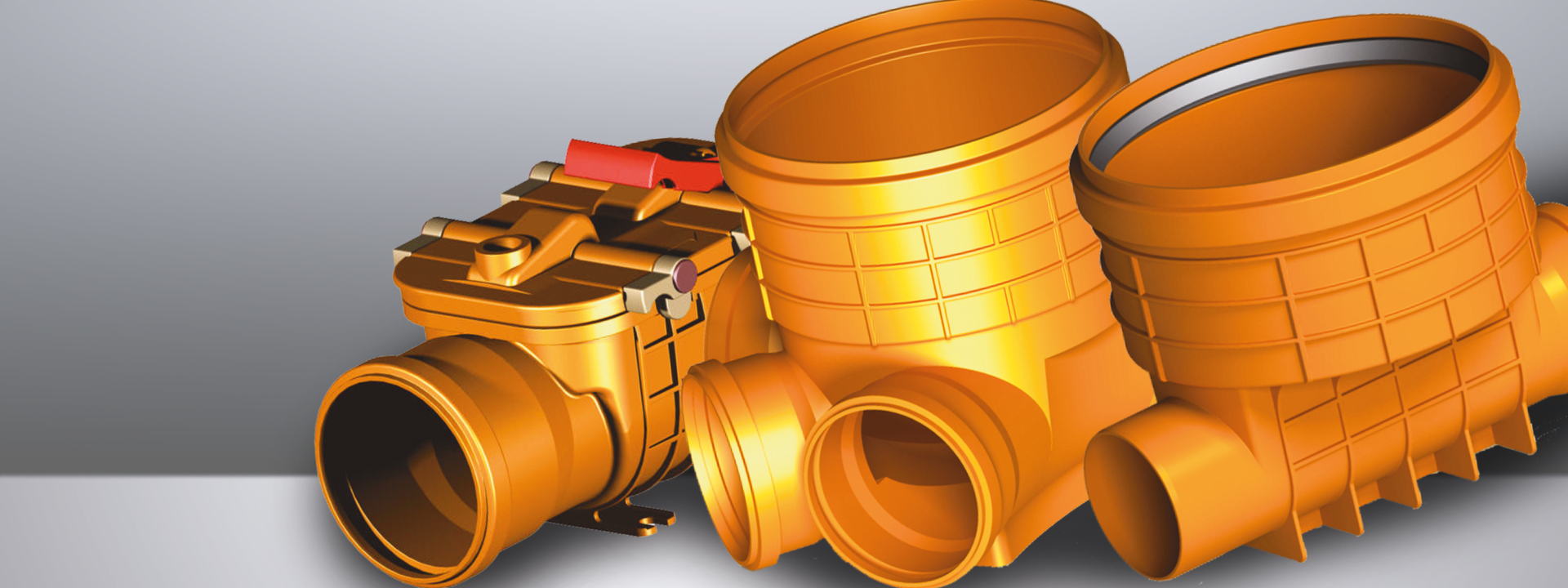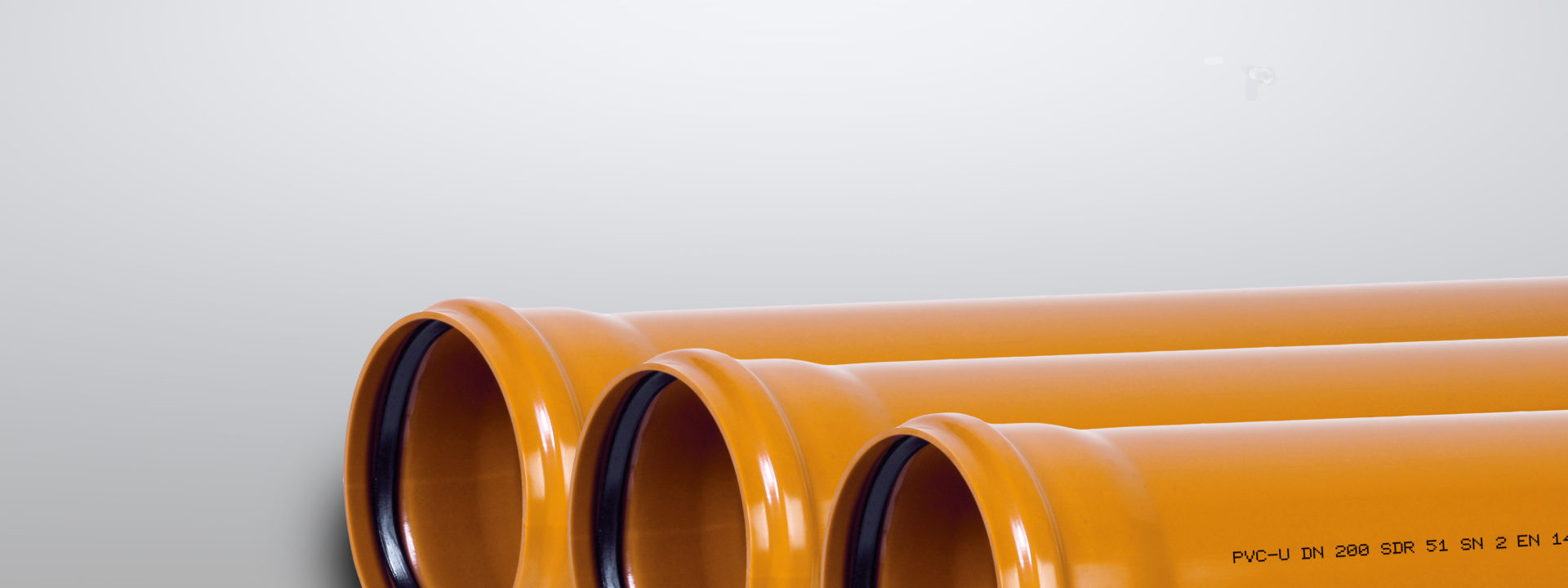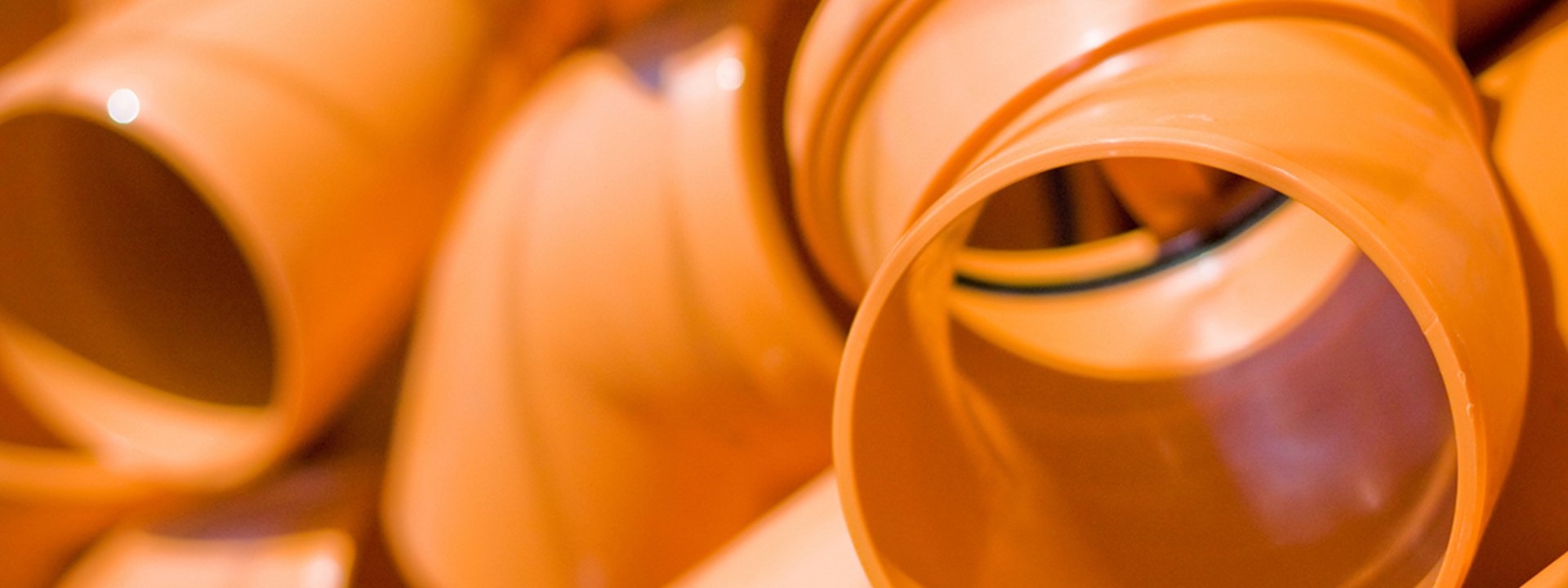Fields of application and installation
Application of the pipes depend on the place of layig, dirt quality and type of the ground, loading and similar various conditions.
Pipe series S-20 and S-16 are being used in normal conditions, which means where the trench, ground, methods of burrying are normal. With series S-20 and S-16 deformation can’t be bigger than 5% of outer diameter and the maximum deformation after 2 years can’t be bigger than 10% of diameter. Which is maximum long term deformation allowed. Still, with static calculation with PVC sewage pipes it is usual to presume 6% of (relative) vertical deformation of diameters within normative loading.
Laying of the sewage pipes and connective elements is allowed without special static proof in certain conditions. However, in most of the cases the calculation of capacity of the pipe is requiered. For proper instalation of Peštan PVC pipes it is recomendet to follow the instructions of EN 1610. For more information please contact out technical support.
For more information, contact our technical support.
Physical properties of materials
Specific mass 0.9 ÷ 1.0 gr/cm3
Tensile strength 50-60 MPa
Vicat temperature of melting min 79°C
Thermal conductivity 0,54 KJ/mh/°C
Linear coefficient of thermal expansion 0,08 mm/m/°C
Water absorption 4 mg/cm2
Chemical resistance of materials
Peštan PVC sewer pipes are resistant to salt water, alcohol, acids, alkalis, sulphates, aggressive gas and all kinds of detergents. On the other hand, they can not be used for the transport of water which contains high percentage of benzene, benzine (petrol) or acetone.
A complete table of chemical resistance can be downloaded in the Download section.
Connecting PVC pipes
Peštan PVC pipes and fittings are connected via sockets, water resistance is achieved through the sealing rings made of EPDM rubber (EN 681), which are inserted into the socket.

























